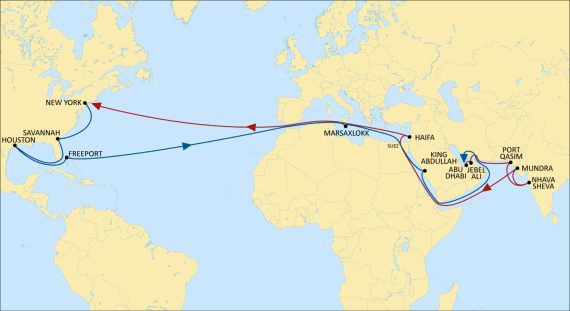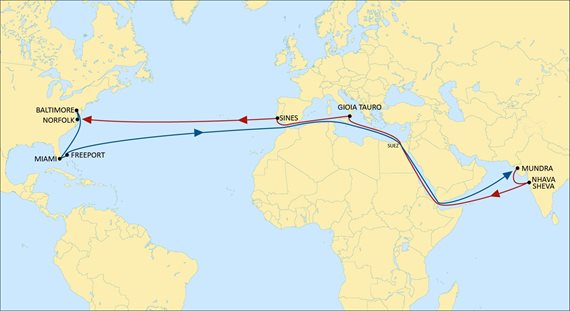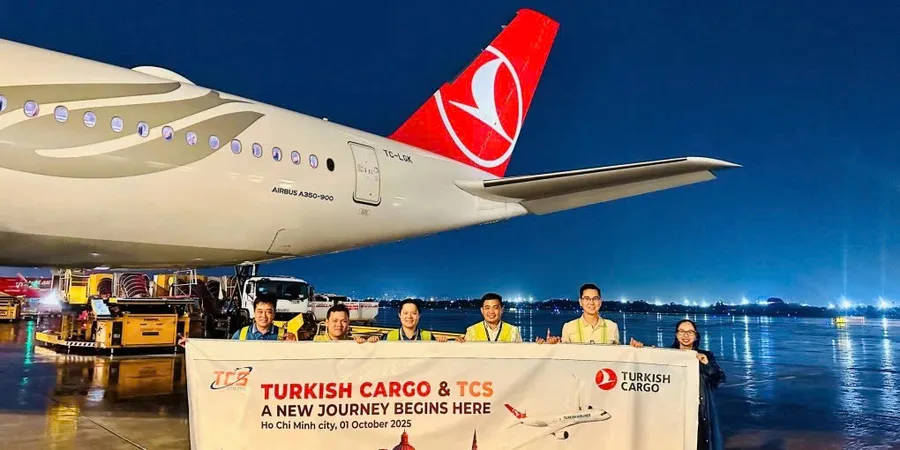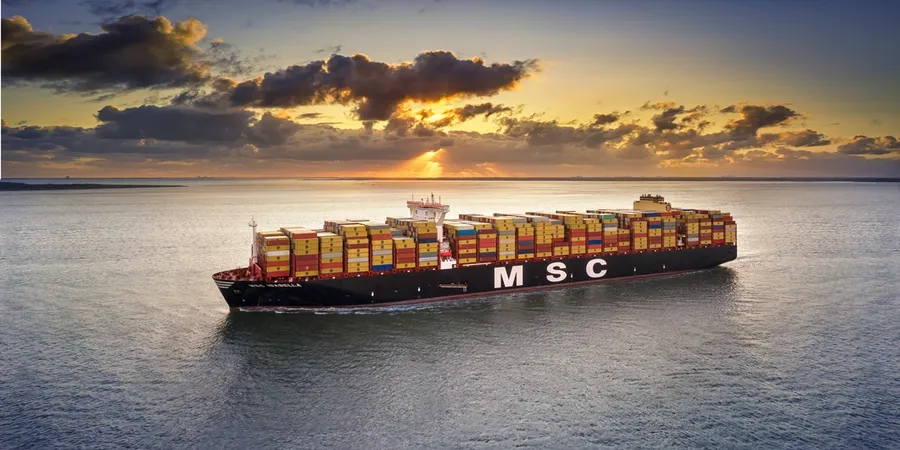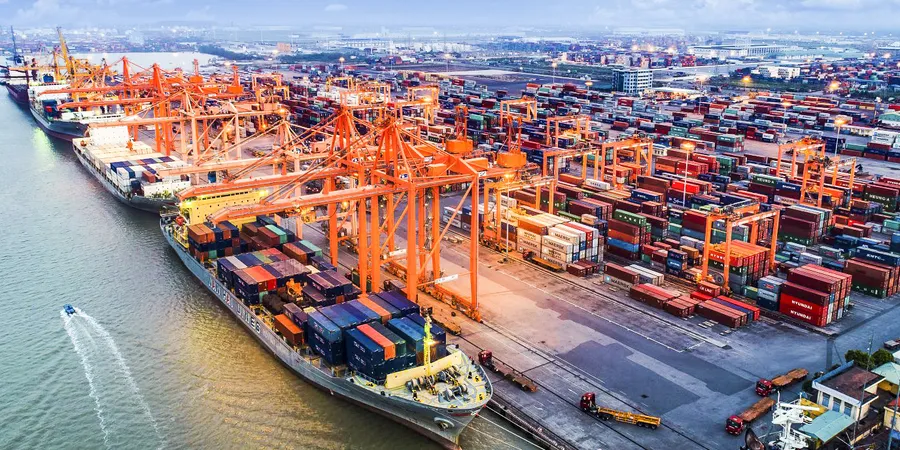MSC revises Middle East, Indian Subcontinent – USEC network
Mediterranean Shipping Company (MSC) has announced the enhancement of its Middle East, Indian Subcontinent & US East Coast network, which now includes three distinct services.
The Swiss container line has revised the rotation of the existing Indus Express service and Indusa service and is also launching a new Indus 2 service, starting on 30 August 2021.
The Indus Express service will focus on Northwest India, Pakistan, the Middle East and US East Coast markets, the Indusa service will connect Southeast India, Sri Lanka, and Bangladesh to US East coast, with a call at Colombo in Sri Lanka aiming to "reinforce the company's offering for cargo shippers in the Indian subcontinent", while the Indus 2 service will focus on Northwest India and US East Coast markets.
All the services will operate as standalone MSC services and the company said it will offer competitive transit times from the Middle East and Indian subcontinent region to the US East Coast & Gulf.
"Our US customers benefit from the possibility to import cargo from anywhere in India boosting predictability for effective supply chain planning," commented MSC.
The new rotation of Indus Express service will be as follows with the first sailing MSC Amalfi, voyage IU133A, ETD Mundra 29 August 2021:
Abu Dhabi – Jebel Ali – Port Qasim – Nhava Sheva – Mundra – Haifa – New York – Savannah – Houston – Freeport – Marsaxlokk – King Abdullah Port – Abu Dhabi
The updated rotation of the Indusa service will be as follows with the first sailing Varna Bay, voyage IV135A, ETD Mundra 2 September 2021:
Mundra – Nhava Sheva – Colombo – Barcelona – Valencia – Sines – New York – Savannah – Charleston – Mundra
The rotation of the Indus 2 service will be as follows with the first sailing MSC Michaela, voyage IX135A, ETD Mundra 30 August 2021:
Mundra – Nhava Sheva – Gioia Tauro – Sines – Norfolk – Baltimore – Miami – Freeport – Mundra
Source: Container News



